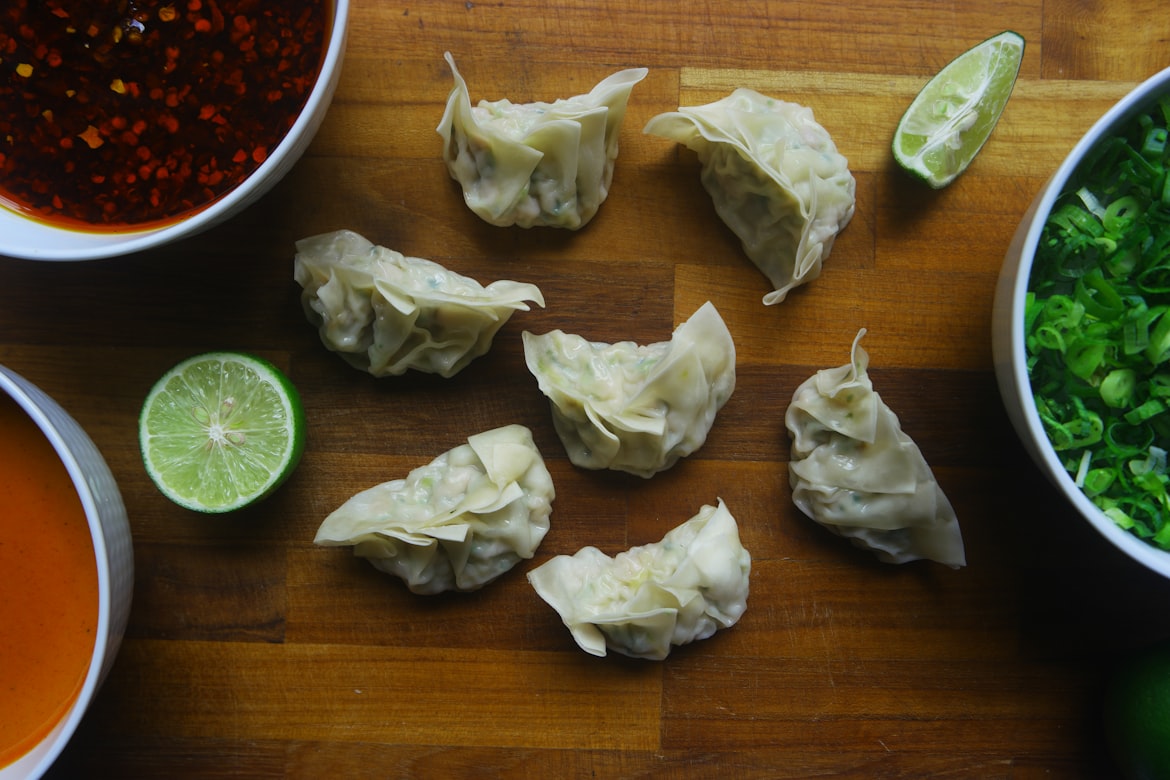Embark on a culinary journey as we delve into the enchanting world of Matsutake, a revered autumn mushroom that graces Japanese tables with its unique aroma, earthy flavor, and cultural significance. From the forests of Japan to gourmet dining experiences, Matsutake has earned its place as a symbol of autumnal splendor. Join us as we explore the origins, cultural importance, and the evolving food trend surrounding the Matsutake Magic.
Origins of Matsutake
Forest Treasures
Matsutake mushrooms, scientifically known as Tricholoma matsutake, are a species highly prized in Japanese cuisine. They grow in coniferous forests, forming a symbiotic relationship with the roots of pine trees. This unique connection imparts a distinct flavor and aroma to the Matsutake, making it a sought-after delicacy.
Seasonal Rarity
Matsutake season typically begins in early autumn, from September to November, making it a fleeting treasure. The mushroom’s short harvesting period adds to its allure, and its availability becomes a cause for celebration in Japan.
Cultural Significance of Matsutake
Symbol of Elegance
In Japanese culture, Matsutake is considered a symbol of elegance and prosperity. Traditionally associated with the autumn season, it holds a special place in the hearts of those who appreciate the fleeting beauty of nature.
Ceremonial Importance
Matsutake mushrooms are often featured in traditional Japanese tea ceremonies, showcasing their cultural importance. The delicacy is meticulously prepared and presented in a way that honors its natural form and aroma, creating a multisensory experience for participants.
Food Trend: Matsutake Modernized
While Matsutake is deeply rooted in tradition, modern chefs and culinary enthusiasts are reimagining its role in contemporary cuisine, introducing innovative ways to showcase the unique flavors of this autumnal mushroom.
Fusion Culinary Creations
One notable trend in the Matsutake Magic experience is the emergence of fusion culinary creations. Chefs are incorporating Matsutake into a variety of dishes, blending it with diverse ingredients to create innovative recipes that appeal to a broader audience. Matsutake-infused risotto, sushi rolls, and even pasta dishes are gaining popularity.
Culinary Pairings
Matsutake’s versatile flavor profile allows for exciting culinary pairings. It is increasingly featured alongside seafood, meats, and vegetables to create harmonious and flavorful dishes. The mushroom’s earthy notes complement a wide range of ingredients, offering chefs a canvas for culinary experimentation.
Modern Preservation Techniques
Preserving Matsutake’s delicate flavors beyond its short season has become a focus for culinary innovators. Chefs are exploring modern preservation techniques such as pickling, fermenting, and creating infused oils to capture and extend the mushroom’s unique qualities.
Where to Experience Matsutake Magic
For those eager to savor the delights of Matsutake and explore the evolving trends, various culinary destinations offer opportunities to experience this autumn mushroom’s magic.
Gourmet Kaiseki Restaurants
Gourmet kaiseki restaurants, known for their multi-course meals that showcase seasonal ingredients, are ideal places to experience Matsutake Magic. Chefs at these establishments often craft exquisite dishes that highlight the mushroom’s subtle flavors and aromatic qualities.
Modern Izakayas
Modern izakayas, casual Japanese pubs, are embracing the Matsutake trend by incorporating it into creative dishes that pair well with drinks. From skewers on the grill to hearty stews, these establishments offer a more relaxed environment to enjoy Matsutake-inspired cuisine.
Culinary Experiences at Farms
For a more immersive experience, some farms in Japan offer culinary workshops or guided tours during the Matsutake season. Visitors can learn about the mushroom’s cultivation, forage for Matsutake in the forest, and participate in hands-on cooking classes to create Matsutake-infused dishes.
Embracing Matsutake Magic: A Culinary Excursion
In conclusion, Matsutake Magic invites us on a culinary excursion that bridges tradition with innovation. Whether savoring Matsutake in a gourmet kaiseki restaurant, exploring its fusion incarnations at a modern izakaya, or participating in a farm-to-table culinary experience, this autumn mushroom continues to captivate with its ephemeral charm. So, let the Matsutake’s enchanting aroma and earthy flavors transport you into a world where seasonal delicacies are celebrated, and the magic of autumn unfolds on the plate.…





